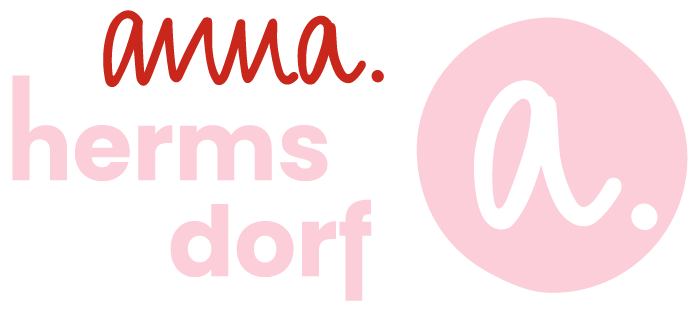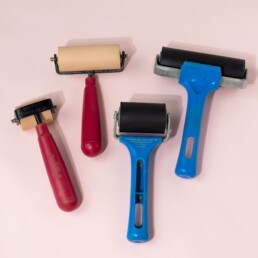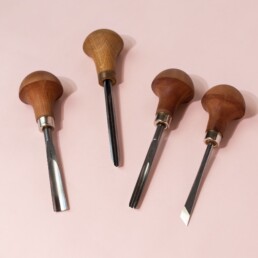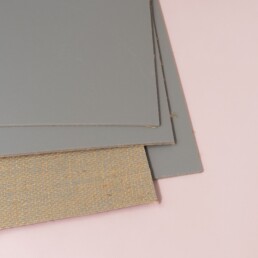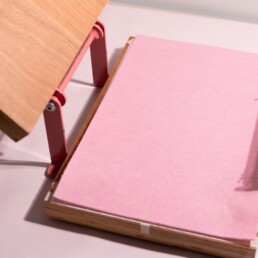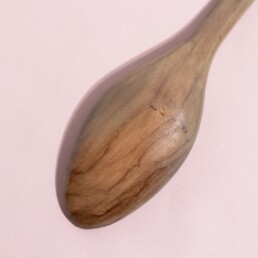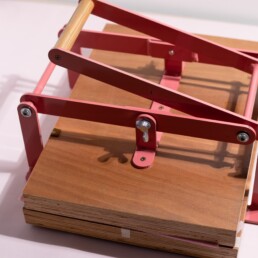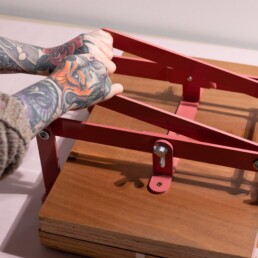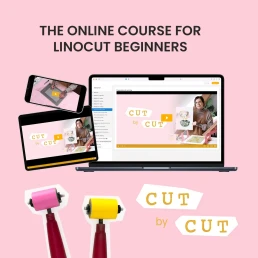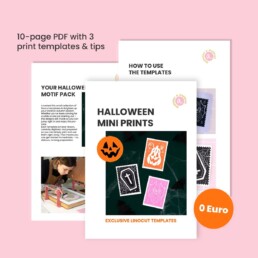Buy Linocut Supplies – Where to Find Everything You Need

Month: December 2021
Good products for lino printing are rarely found in local art supply stores – there you often find only old lino blocks and the simplest carving tools. There is much more choice in the following online stores …
I will help you understand linocut printing step by step, try it out for yourself, and create your own prints.
If you downloaded my free tool list, or watched my videos on Instagram, you probably have a good idea of what you really need as a beginner (or even advanced) linocut artist.
But here’s the question: Where can you buy all these supplies? I’ll share where I personally buy my favorite products and which shops I recommend.
Manufacturer Websites
Some brands I love list on their websites where their products are sold worldwide. That’s always the first place to check. If your country isn’t listed, have a look at neighboring countries and their shipping options.
My personal favorites:
My ink rollers are from Speedball Art
My carving tools are from Pfeil
My linoleum blocks are from Essdee UK
My relief inks are from Cranfield
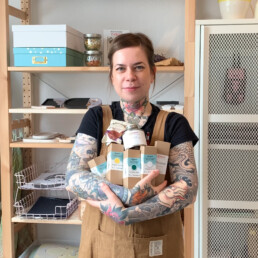
Germany
There are some art material stores that I like very much, because I can buy everything bundled in one place there. For Germany this is gerstäcker or www.kreativ.de (the stores are identical). Boesner.com also sells the Pfeil tools and has some stores in Germany, but they don’t sell the inks I’d recommend, so Boesner is only second choice for me. The Dutch store polymetaal.nl is also recommendable (although the website is a bit strange).
Worldwide
In the UK, I like to buy from www.jacksonsart.com or www.handprinted.co.uk. You can also check out amazon – in Germany the selection there is rather poor but in other countries this could be a good source.
Some more shops that sell printmaking products (found on Cranfields website):
France: www.geant-beaux-arts.fr
Netherlands: www.gerstaecker.nl
Denmark: www.aartdevos.dk
Sweden: www.ibwahlstrom.se
USA: www.dickblick.com
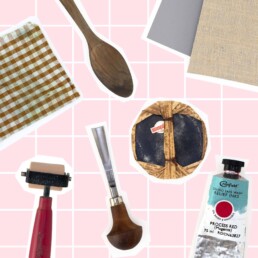
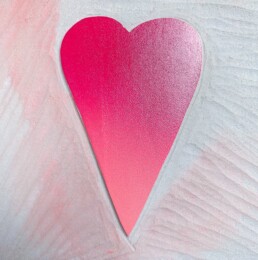
Conclusion
Sometimes you just have to do a Google search yourself – I can’t research every country. But maybe you know other linocut artists nearby who can give you advice. That can make finding the right supplies much easier.
You don’t have to buy exactly the products I recommend. These are personal favorites based on my experience. If you can’t find them locally, look for alternatives that are available to you. Like with any hobby, it’s rarely a one-time purchase – so it helps if getting your supplies is easy and convenient. And if you are curious about the products you’ll need for lino printing, check out this article!
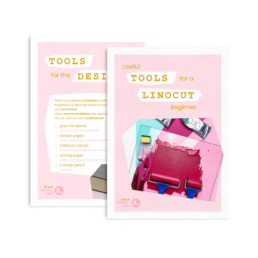
Linocut Tool Guide
Still unsure which tools and products you need for your lino printing starter kit? Just download my guide with product recommendations for linocut beginners – on 6 pages I list all the materials and tools I need to make my colorful prints – and you can do it too!
Do You Need a Printing Press for Linocut? Tips & Alternatives
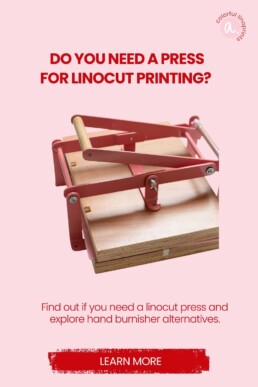
Month: December 2021
A hand printing press for linocut is a really great tool and I don’t want to miss it. But do you need it, to make even prints? Practical tips for beginners and advanced linocut artists.
I will help you understand linocut printing step by step, try it out for yourself, and create your own prints.
To keep it short: it depends. As always. I spent the first 1.5 years without a linocut press, and it worked perfectly fine. But once you’ve experienced using a press, you probably won’t want to go back.
One thing is certain: you don’t need a press to get good prints from your linocut block! It just requires more effort – mainly physical strength.
Alternatives to a Press
Before we talk about presses, let me show you the best alternatives.
Hand burnishers are very useful. In English, they’re called “baren.” There are many variations:
-
Classic bamboo baren: Traditional tool in Japanese woodblock printing, works very well for linocuts too. You hold it by the handle and rub the paper in circular motions. I mainly use it to lightly fix the paper for the first press.
-
Speedball baren: Has a firm padded surface that glides smoothly over the paper without damaging it.
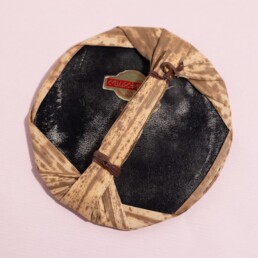
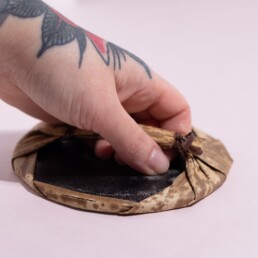

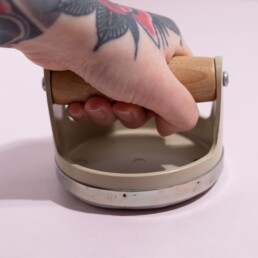
The Wooden Spoon
A wooden spoon is essential. You could use metal, but it can get quite hot after prolonged rubbing. My wooden spoon was once part of a salad set – a regular cooking spoon works too. Make sure it has a smooth surface to protect the paper.
Use the spoon to rub your design in small circular movements. Important: place the paper on the block, not the other way around.
Another alternative are brayers. Look similar to ink rollers and can apply ink. My recommendation: they don’t replace the wooden spoon and are less convenient.
The Hand Printing Press
If you print a lot, you might want to consider a hand press. I bought a hand press from Jan (Woodzilla) in 2020:
-
Price: around €300 plus shipping
-
Size: A3 – you can print A3 paper and smaller formats
-
Delivery: includes a felt mat for even pressure
My first print with it was a revelation! The results were so even and easy to achieve that I could hardly believe it.
Still, printing by hand works too, but it requires patience and strength. You’ll spend several minutes in a slightly bent position to get as close as possible to the block. A high worktable can help, but not everyone has one at home.
Do you need a linocut press?
Learn to love linocut first before investing in a press. Once you’re ready and can afford it, you won’t regret the purchase.
For beginners, hand burnishers and a wooden spoon are enough to get beautiful prints.
Want to know more about essential tools for beginners? Check out my article: Linocut Tools for Beginners.
